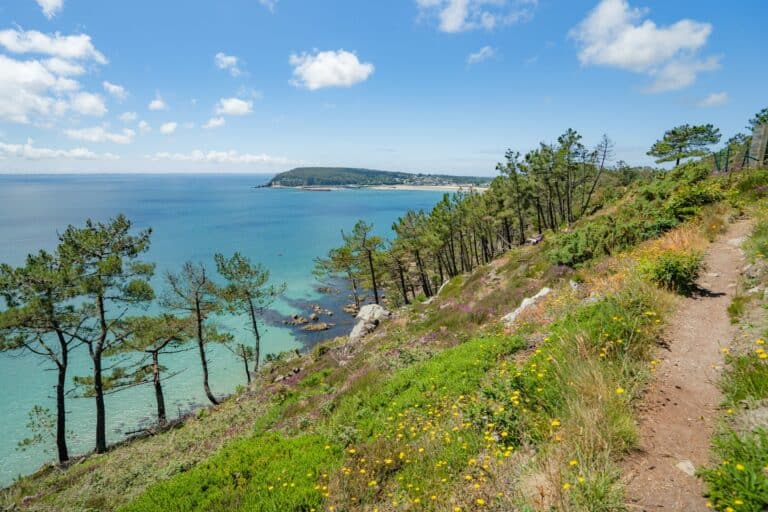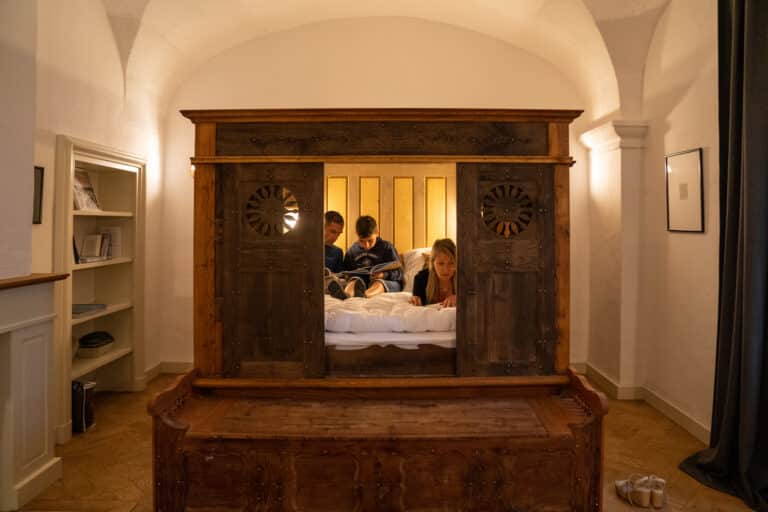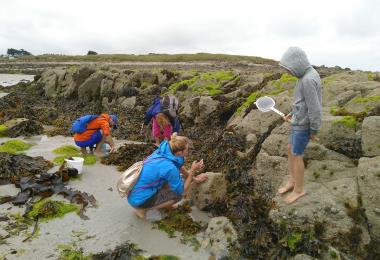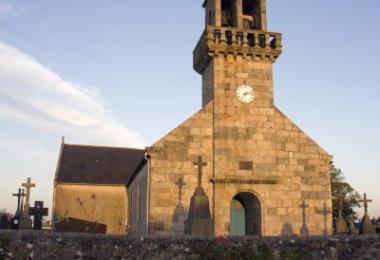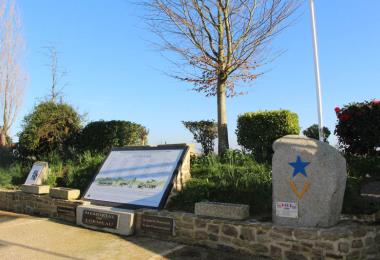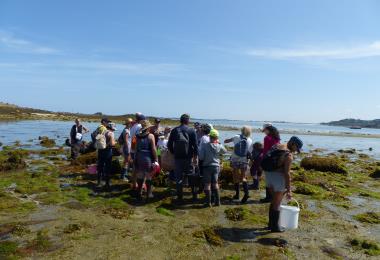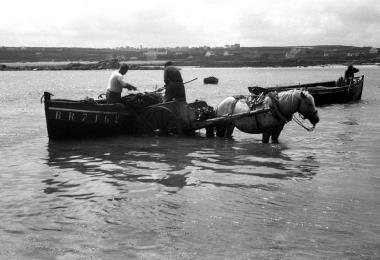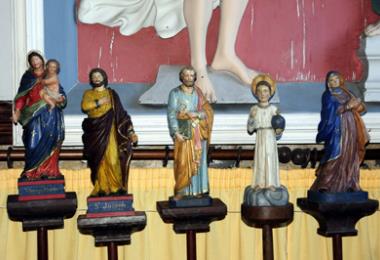Maison des Abers - Ti an Aberioù
Located on the seafront, the Maison des Abers offers visitors the chance to discover all aspects of the Abers region (geography, history, economy). Thanks to its educational museography and its view of the coastline and the Abers,...
Church of Our Lady of Seven Sorrows
Formerly the priory and chapel of the Dukes of Rohan, it became a parish church in the late 17th century. The west porch dates back to the 14th or 15th century. The rib-vaulted south porch is a...
Saint-Claude Chapel
The 16th-century chapel existed in 1577, when Michel Le Nobletz was born. His father, Hervé, was one of the four royal notaries of Léon: he would have liked his son to become a powerful prelate....
Ile Wrac'h lighthouse
This lighthouse stands at the entrance to the small port of Aber Wrac'h. Built of granite, it is surrounded by a small complex of dwellings, gardens and slipways that were used for the daily life of the...
The Breton Museum of Photography and Cinema
This gallery exhibits a wide range of cameras and shows the technical evolution of the world of photography. This space was created thanks to the donation of his collection by Mr Yves Simon.
Cézon Island and Fort
Opposite the Baie des Anges convent is Fort Cézon, named after the fortifications built there. The island was a military fort until it was...
Sainte Anne de Lanorven chapel
Dedicated to Sainte Anne, the Sainte Anne de Lanorven chapel is located on the D59. A rectangular building dating from the 16th century, it was restored in 1891. Flat, blind chevet, bell tower with...
Monts d'Arrée Ecomuseum, Maison Cornec
The Maison Cornec site in Saint-Rivoal is an opportunity to discover the remarkable heritage of the Monts d'Arrée: a group of 17th-century farmhouses that bear witness to traditional life in relation to the...
Sant-Drien church
The present church was built on the site of the former church, which had become too dilapidated. It was completed in 1849 and inaugurated in September of that year. On the steeple is a plaque with the date...
Iliz-Coz archaeological site
Medieval necropolis. Substantial remains of the parish enclosure, abandoned in 1729 due to sand encroachment.
Aber Wrac'h harbour semaphore
Situé au dessus du port, le sémaphore est implanté sur un site exceptionnel de par sa vue sur l’entrée de l’Aber-Wrac’h. Construit en 1861, il était auparavant doté d'un mât sémaphorique et est resté en...
U.S. Lormeau Memorial
In tribute to the soldiers of the VIth US Armored Division. The VIth US Armored Division landed in Normandy on July 18, 1944 at Utah-Beach, with the mission of campaigning in Brittany and taking...
Saint-Michel chapel
The Saint Michel chapel was part of the former parish of Trémenac'h, which was annexed to Plouguerneau in 1792. Shaped like a cross, it is dedicated to Saint Michel the Archangel. But make no mistake: it's...
Parish church
A little history The present-day church was preceded by at least two others on the same site. The first, mentioned in the archives, was consecrated on March 25, 1516 by Mgr Olivier du...
Saint Urfold Chapel
The chapel The chapel, located one kilometer northwest of the village on the road to Coat-Méal, is set in a magnificent setting, which also features a fountain and a calvary. It dates back to the 15th century...
Kerellen archaeological site and the Tréglonou necklace
The site was discovered in 1985 during finishing work: the underground passageway was 8.40 m long, with a vertical shaft giving access to a series of...
Parish church
Dedicated to St. Etienne, the parish church dates back to the 17th century. It was renovated in 1751, as evidenced by the date 1751 inscribed above the north side door. Inside, you'll find statues of...
Menozac'h Menhir
During the Neolithic period (5000 to 2000 BC), man became a farmer and shepherd, and built megalithic monuments, dolmens and menhirs, to honor his dead and his gods. Menhirs (from the Breton Men, stone...
Ecomusée des goémoniers et de l'algue (seaweed and seaweed ecomuseum)
At the tip of Finistère, you'll find Europe's largest seaweed fields. Used in the food industry, cosmetics, agriculture, health and biomaterials, seaweed is part of our daily lives, revealing a wealth of...
The little saints
The 33 polychrome wooden statuettes on their staffs, dating from the 17th century, can be seen in Plouguerneau church. They were intended to be carried in processions such as the "Grande Marche des...




